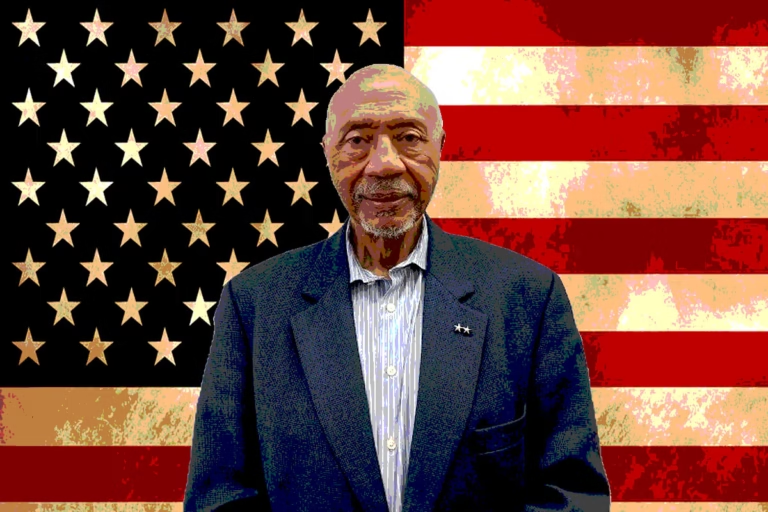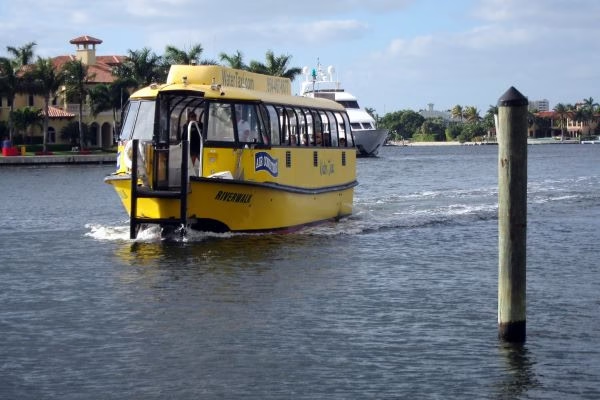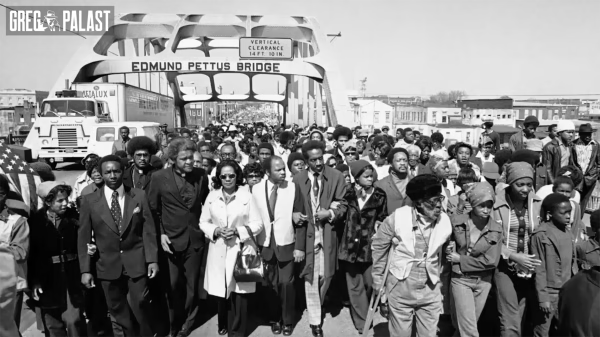LA Pays Tribute to Mexican Hollywood’s Legacy
On June 7, the City of Los Angeles will commemorate the memory of Mexican Hollywood at the Cruise Ship terminal, where the beloved neighborhood was located from the 1920s to the early 1950s. The Mexican Hollywood Culture Society, a committee of residents committed to preserving the memory of Mexican Hollywood with a monument, future cultural events, and possibly documentary media and books, was formed.
The Port of Los Angeles had knocked down with a wrecking ball all of the dwellings standing in Mexican Hollywood 72 years ago. The Harbor Department’s former tenants were given first choice in the newly built Rancho San Pedro apartments, provided they met the income eligibility rules and from the recollections of residents who grew up there, a number of those residents grabbed hold of the opportunity.
In its Nov. 10, 1953 edition, the News Pilot editorial board called Rancho “a nice project.” The editorial board continued, reporting:
It has 479 units, which should be enough low-rent units for a town this size for some years to come. Several dozen sub-standard homes were wrecked to make room for it and that is a good idea. Nobody likes slums. The Harbor Department has completed wrecking another two dozen sub-standard dwellings on Harbor Blvd.
If not for the memory of the people who lived there, which led to the 2005 RLn cover by journalist Jaime Ruiz, Mexican Hollywood would eventually have disappeared.
Dickie Chavez recalled walking his dog along the pedestrian walk paths between the old Red Car tracks and the waterfront between the LA Maritime Museum and the cruise ship terminal when he saw a plaque in the ground that gave a brief blurb about Mexican Hollywood.
Aside from occasional references to the Sepulveda family during the land grant era, it’s rare that the contributions of Mexican-Americans are celebrated in this town, despite their numerical presence and longevity in the community. It didn’t sit right with Chavez that such an important cultural milestone was on the ground where dogs defecate and urinate. Disrespectful is what it was.
So, Dickie got together with lifelong friends, Marcos Villela, Rick Gonzalez, and Rudy Alba at Think Cafe to discuss what to do to give Mexican Hollywood a respectful and proper designation. They went to the promenade and took pictures of the Mexican Hollywood references. Then the COVID-19 pandemic hit, which paused the project and friends were lost in 2020.
The following year, the crew got together again, except this go round, Dickie invited Magdeline Fierro-de Alba, a local real estate agent and community advocate to join their ranks, then the whole group drafted her to become their president in 2021.
She was known amongst her peers in San Pedro and Wilmington for her skills as an organizer and her ability to get significant endeavors done, like the annual Teen Center Harbor Development music concert and dance in Wilmington. Maggie has also been a board member and organizer for the Banning High School All Alumni Reunion and Scholarship Event at Point Fermin Park.
De Alba admits that she was initially hesitant, mindful of how such projects with a lack of historical documentation and support can be very time-consuming and challenging. She ultimately accepted her drafting orders after becoming convinced of the larger importance of preserving this aspect of the Los Angeles Harbor, San Pedro, and other neighboring communities’ Mexican-American culture and heritage.
“I knew it was going to be a challenge due to the lack of historical documentation,” de Alba explained. “Thank God, we still have some of our [elders], our beloved loved ones that are still alive, that are here, and can share their memories and photos. There are very few. We have a few younger ones but the elders, obviously, they’re gone.”
One of her first orders of business was bringing on board a couple of younger members with some technical skills to help with the research and potentially securing grants for future projects.
De Alba had also embarked upon her own journey in learning everything she could about Mexican Hollywood. She came across a geologic survey of the area where the cruise terminal now sits and learned that some possible artifacts have been uncovered that could potentially qualify the area as a historical landmark.
“You know, I made up my mind, I felt we deserved a historical site monument that reflects the value and contributions made by Mexican-Americans. We wanted a monument,” de Alba said.
Things started to roll during the last city election cycle, when mutual friend Diane Middleton invited de Alba to co-host a campaign event at her home in support of City Councilman Kevin De León’s candidacy for mayor.
Middleton, a mutual friend to most of the members of the committee, had held similar events for then-mayoral candidate Karen Bass and many other progressive candidates at her home over the years.
“I agreed to it because we weren’t functioning as the Mexican Hollywood Culture Society, at that time,” de Alba explained. But it was here, de Alba said, that she caught Tim McOsker’s attention.
“He approached me and said, ‘Maggie, if I’m elected, I promise you, we’ll find a way to get it done.’” Maggie said, recalling the fateful encounter. She noted that there was a time before McOsker and his brothers became one of Los Angeles’ prominent political families when they had to struggle with the disadvantages of poverty and prejudice the Irish and Catholics had to face. “‘I’m Irish. I know what it is to be undervalued.’ And I’m just listening to him, thinking, ‘I love him,’ because he’s one of us.
“Every so often, he would check in with me, ‘How’s it going?’ and I’d say, ‘Well, I don’t think we’re going to get the appointment for the monumental designation.’ And he’d say, ‘You know what? Let me see what we can do. Let’s just get an appointment for an interview.’
“That’s when I called Richard [Gettler] and said, ‘Get over here. We’re going to do a Zoom [meeting].’ So we were on Zoom with the port and the historical commission, and they were very open and compassionate. They got it.
“The best thing about it was they said, ‘You know what? We honestly do not think you qualify for the monumental designation because there’s nothing there. There’s nothing — just a page on the surveyor report that says it should be eligible because of the artifacts that were discovered.’ So they recommended that I speak with the committee, speak with Tim, and come up with a plan.
“We kind of went back and forth a little bit. I’m stubborn — I’m a Mexican woman and very proud of my culture”. I had made up my mind. I felt we deserved a monument. We were all excited. We wanted a monument. We were looking for artists and wanted a design — blah, blah, blah. But the bottom line was we couldn’t get through that hoop. Eventually, we will.
“When I spoke with Tim in his office, he said the best thing would be to do the historical signs first, and that’s what we started. And then it grew from there. Then I said, ‘Well, you know, Little Italy has these flag banners that are always up. We want them too. And we want them there permanently.’
“They were very — how can I say it? — compassionate. I’ll use that word again: compassionate. And they said, ‘Okay, you know, you deserve it. Your heritage deserves it.’ And that’s what really sparked it.”
The Mexican Hollywood sign unveiling is June 7, 2025, at 10:30 a.m. at Harbor Boulevard and O’Farrell Street, San Pedro. The committee is hosting a dinner and dance fundraiser from 5 to 11 p.m. at the Dalmatian American Club.
Tickets and tables are selling fast, $75 per person and $750 for a table of 10. Tables are selling fast. Call (310) 507-3225 or (424) 308-3379.













